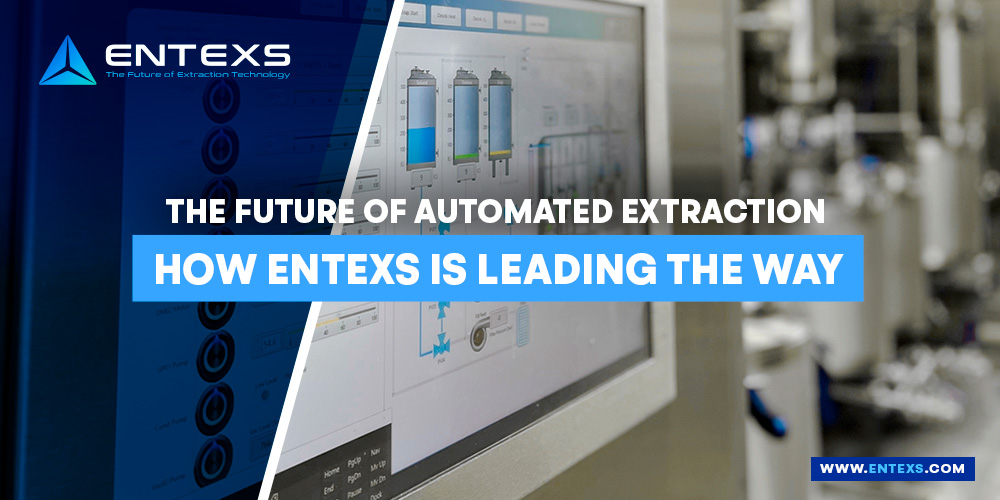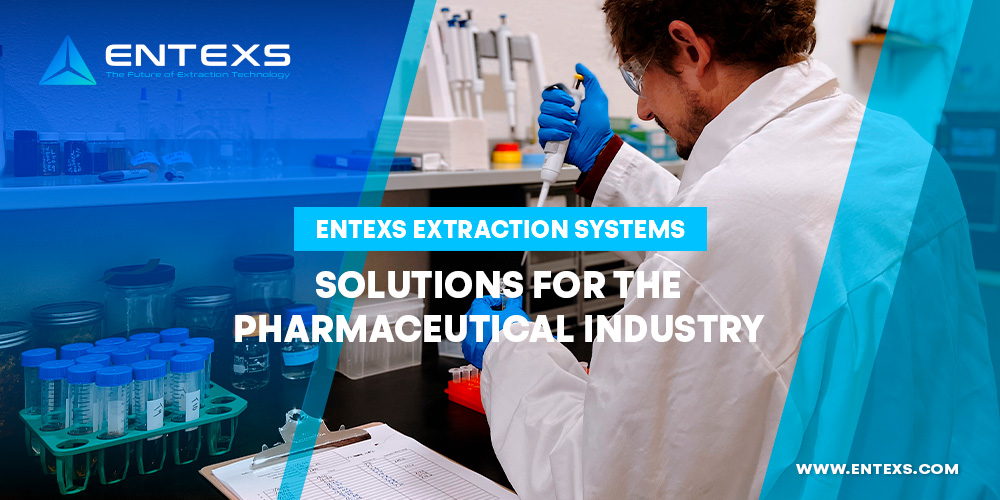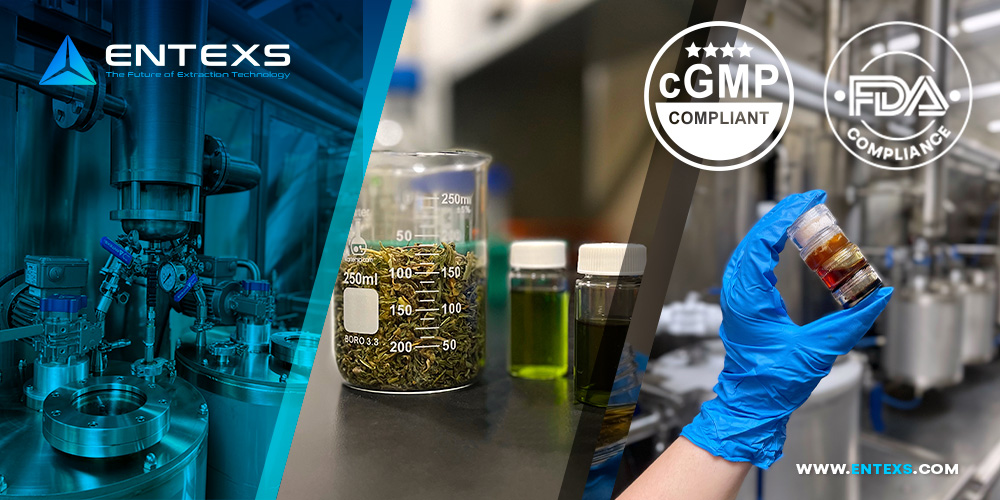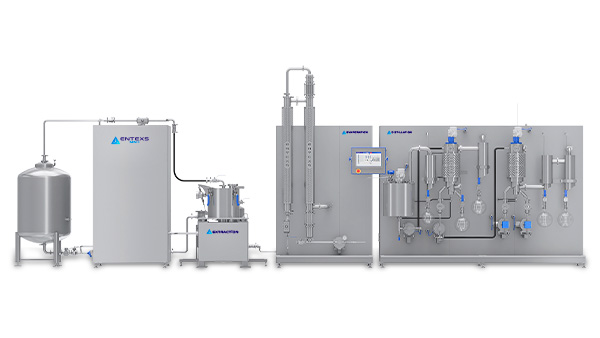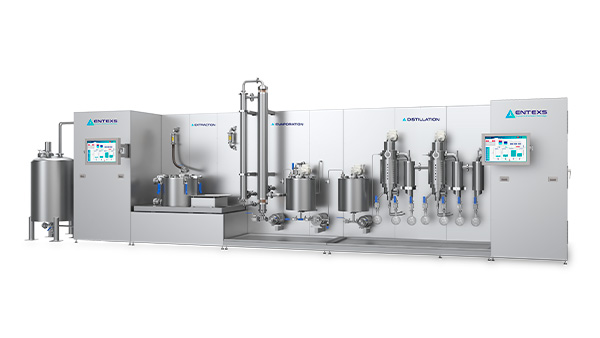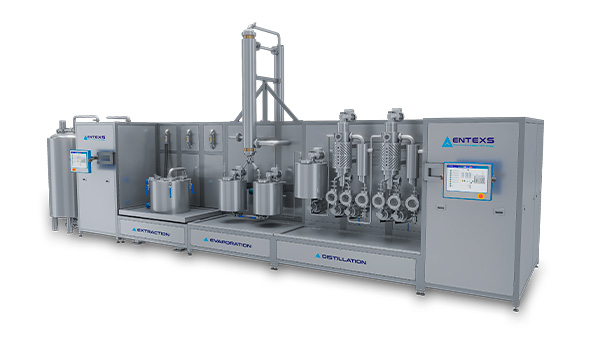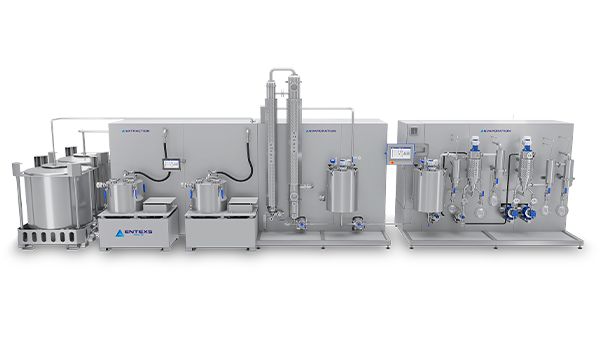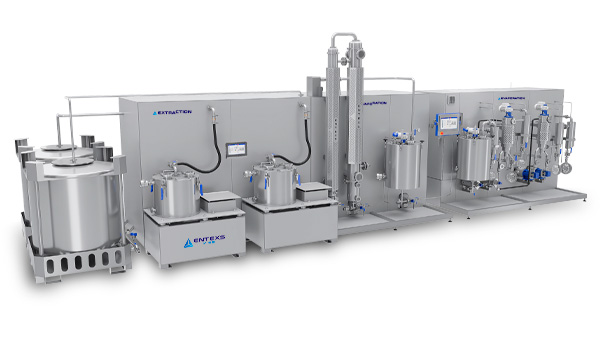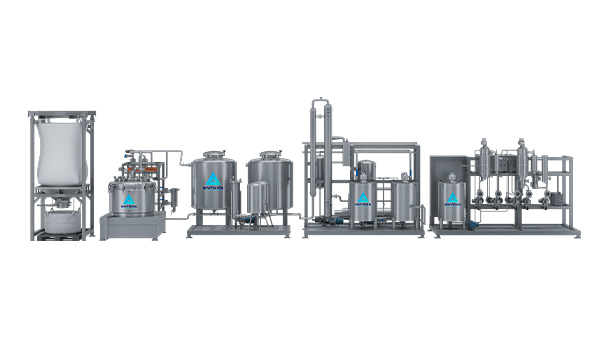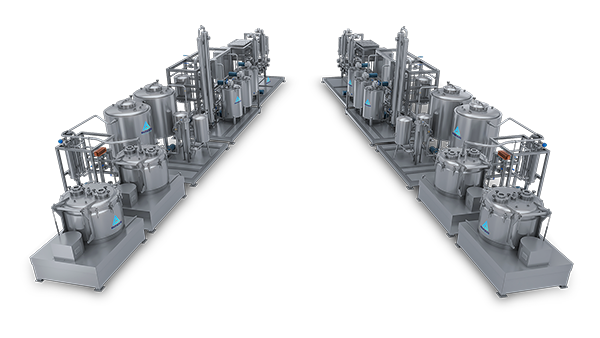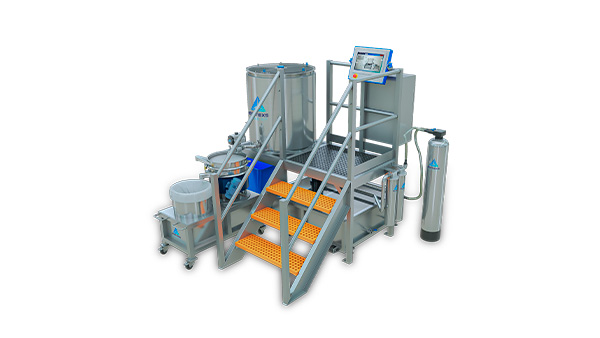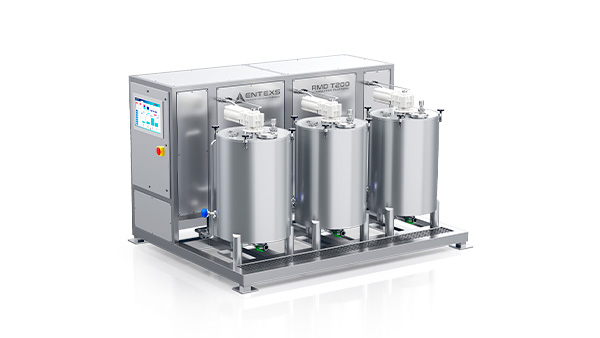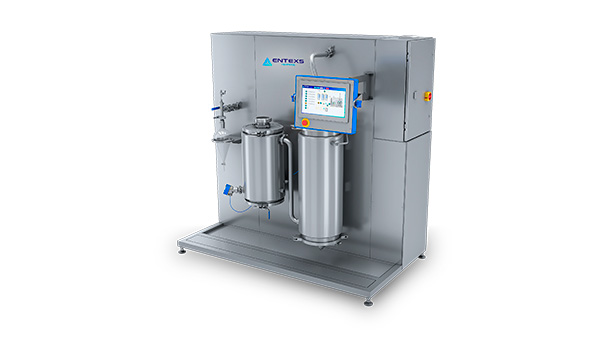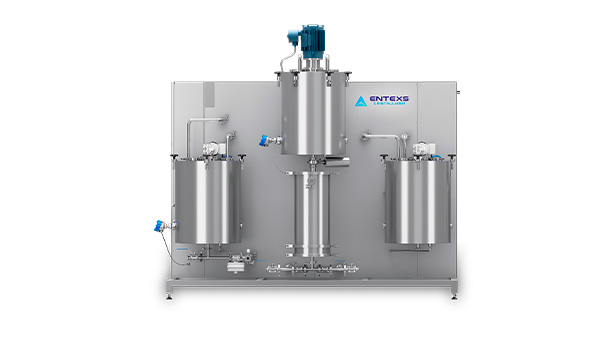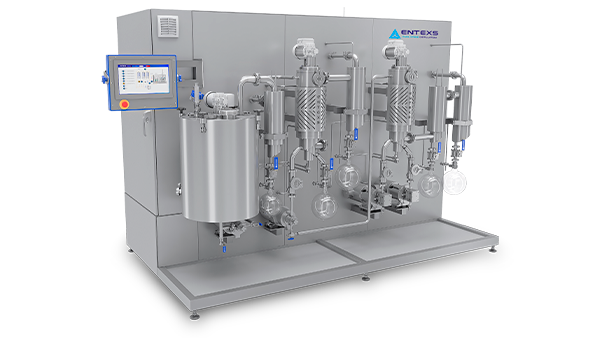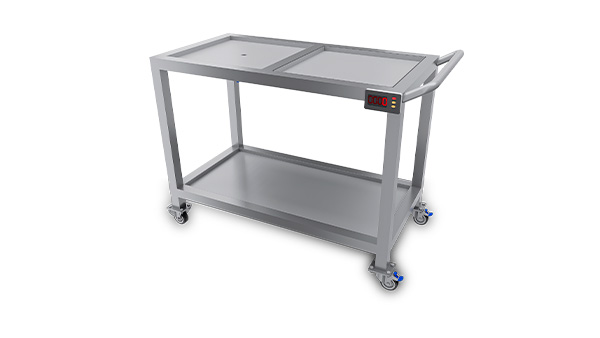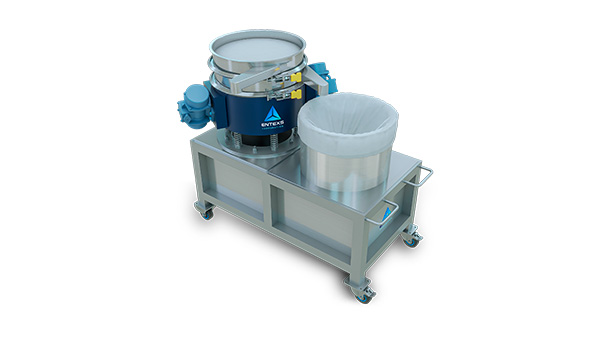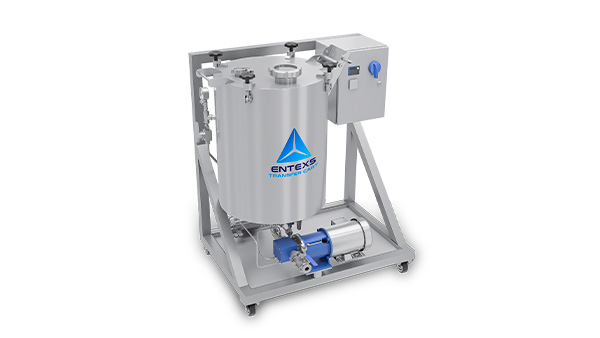THC Remediation Options
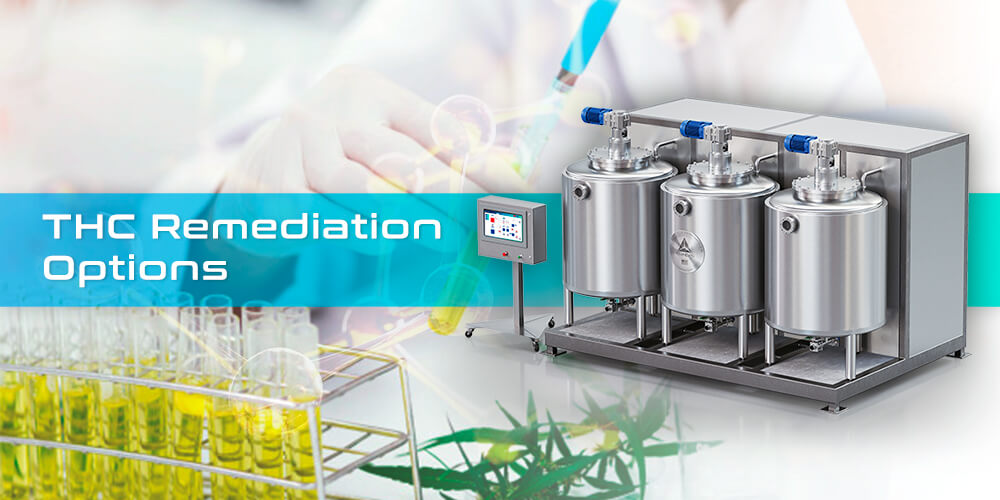
What is THC remediation?
THC remediation is the process of removing or reducing the psychoactive THC from hemp-derived CBD extracts or products. THC molecules are targeted and removed using highly developed scientific methods and equipment. The result is a purified oil, void of THC and rich in CBD, that maintains its original plant profile, ideally with minor cannabinoid ratios intact.
Why is remediation needed?
Hemp plants naturally produce a small amount of THC. The allowable level of THC in the hemp plant at harvest can be as high as 1.0%. Extraction of the oils from the plant biomass results in the concentration of the cannabinoids, often spiking the THC levels in the oil as high as 5% or more.
Federal regulations limit the allowable amount of THC in CBD products to 0.3%. For many consumers and some specific states with more stringent laws, however, the presence of any THC is unacceptable. Manufacturers basically have 2 options – dilution or remediation.
Dilution is not remediation
Dilution is the process of mixing the CBD crude (containing THC) with another oil, such as MCT, at a ratio that reduces the total THC content in the end product below the legal limit. This process is not specific to THC however. Dilution reduces all cannabinoids proportionally making it difficult to increase CBD concentration levels in products and impossible to eliminate THC altogether.
Remediation options
Remediation targets THC specifically, providing a mechanism to reduce or eliminate THC while retaining CBD and most of the other broad-spectrum cannabinoids in the oil. This allows manufacturers to make products of varying CBD concentrations without the psychoactive side effects.
Within remediation, there are 3 main process categories, chromatography (i.e., separation), conversion, and harmonic distillation.
Historically chromatography has been the most common method. There are multiple forms of chromatography and the most popular for THC remediation is reverse-phase flash chromatography. Reverse-phase, as opposed to normal phase, uses polar solvents such as ethanol and water. The solvents used in the mobile phase tend to be much more harsh and would introduce additional risk.
The ‘flash’ part of the chromatography indicates that pressure is applied to the system to accelerate the separation process. While Chromatography is a very effective method for molecular separation, there are many downsides to chromatography including, high CBD loss rates (often as much as 30% or more), the operation requires highly skilled staff, operating costs are very high, and to scale up, all of these costs are amplified many times, often resulting in solutions with combined CapEx/OpEx into the tens of millions of dollars.
Harmonic distillation uses a proprietary combination of temperature, pressure/vacuum, stirring, water, and sophisticated software controls to remove the THC from winterized crude. The promoted benefits of this process include a simple user interface, reducing the operator skill level required, much lower acquisition and operating costs when compared to chromatography, and a relatively small physical footprint in the lab. CBD loss rates, according to user reports on various industry forums, are in the 15% to 20% range when processing to compliant product. Batch sizes are limited to 70 liters and take approximately 24 hours to get to compliant THC levels. Run times can be increased to reach non-detect THC levels however this typically results in increased CBD loss as well.
Conversion methods use heat, light, pressure/vacuum, water, pH adjustment, or some combination of these parameters to degrade or convert THC into other molecules. These systems, when compared to chromatography are much simpler to use and are much less expensive to both acquire and operate. Depending on the system, CBD loss rates are typically in the 15% to 30%+ range and processing capacities are limited to 50 to 100 liters per day to achieve THC levels compliant with the 0.3% limit. To achieve “ND” THC levels, most systems generally require a second pass or additional run-time, making the effective daily capacities roughly half of the published values when ND is required, and by doubling the run time, the loss rates are also doubled.
In order to scale up, for most of these systems the only way to increase capacity is to add more units. This takes up more square footage in the facility and requires more labor to manage the additional units making this impractical for high-capacity processors.
ENTEXS’ RMD-T Series
The ENTEXS RMD-T series equipment falls into the conversion category of remediation processes. To our knowledge, these are the only systems that have been able to physically demonstrate low loss rate remediation at a large enough scale to support high-capacity production. These systems have demonstrated CBD loss rates consistently below 5% on batches as small as a few liters and as large as a few thousand liters.
The RMD-T Series utilizes a very simple user interface that can be operated by a general lab technician. Lab operators will be trained to perform all in-process testing and monitoring in-house in real-time, keeping your operation efficient and productive.
To further support product quality and safety standards, the process is solventless is designed and built to adhere with cGMP standards.
In Conclusion
Modern remediation solutions promise significant advantages over traditional chromatography. Upon initial review, there appears to be several options to choose from. It is important to review each system in detail and understand the strengths and weaknesses. As you work through your own evaluation, there are a few things you can do to make sure you understand exactly what you are getting. Requesting COAs of the product before and after remediation will allow you to verify the CBD loss rates of the process. In this comparison, make sure that the batch size of the sample data is representative of what you expect your typical batch size will be. In addition to reviewing the COA, have the manufacturer perform a test run on a sample of your crude to verify run times and end-product quality. And finally, it is important to verify that the systems and solvents will support your plans for cGMP and other industry standards for both future clientele and federal regulatory agencies.
There are multiple options now available for remediation, but as you can see, not all are created equal. Be diligent, understand the real operational details, and make the best decision.
This article was originally published in: National Hemp Association
Contact us for more information
Contact our sales team for more information on custom cbd and hemp extraction systems, state-of-the-art thc remediation systems or preview our catalog of systems and modules available through our website.
Related Topics
- Analysis
- Cannabis Industry
- CBC Extraction
- CBD Extraction
- cbd isolate
- CBG Extraction
- cGMP
- Chromatography
- CO2
- Cold Water Extraction
- Ethanol Extraction
- Extraction 101
- Extraction Equipment
- Extraction Machine
- Extraction System
- GMP
- GMP Certification
- Hemp Extraction
- HPLC
- inline remediation
- Remediation
- Remediation Equipment
- Terpene Extraction
- terpenes
- THC
- THC Remediation
- All
- Extraction
- THC Remediation
- All
- Extraction
- THC Remediation
- Email: info @ entexs.com
- Toll Free: (888) 960-3689
- 3720 Trade Way, Cameron Park, CA 95682, USA
- ENTEXS is proud to be made in the USA
- © 2025 ENTEXS Corporation
- Privacy Policy



